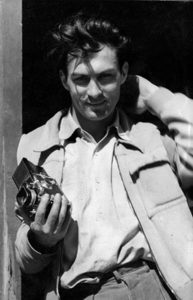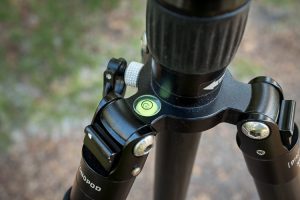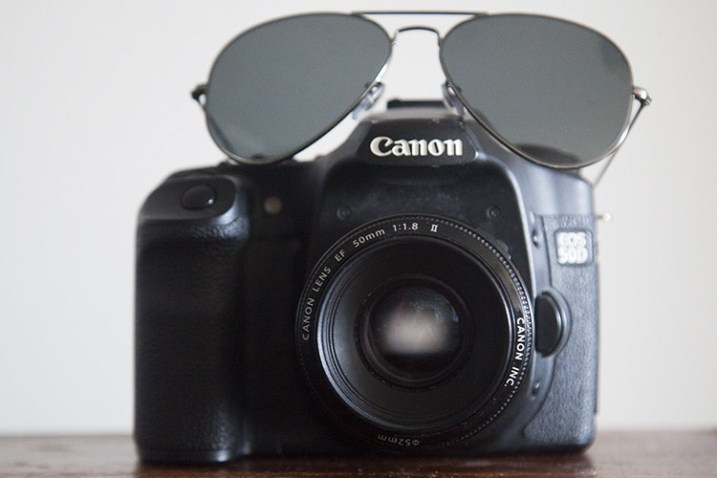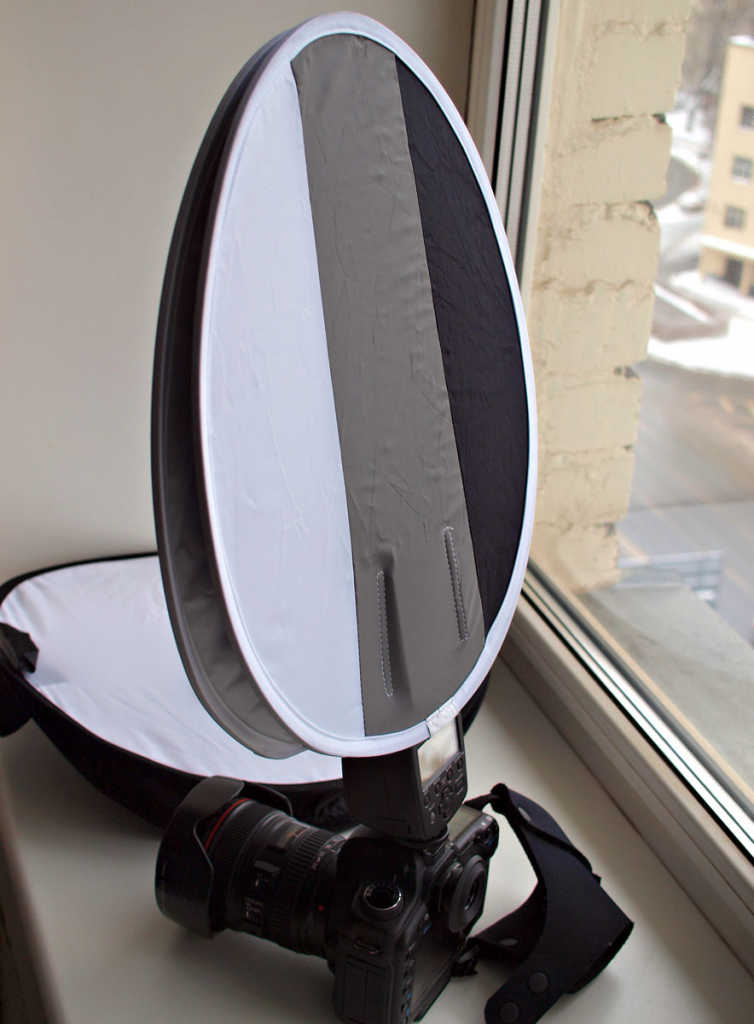other necessary tools
WHAT IS STEREOSCOPY AND WHAT IT IS NECESSARY TO KNOW ABOUT IT
 “Stereoscopy” sounds like something new and complex for many ordinary people and even for some photographers. But in fact, this is a simple concept that has existed for quite a few years. It is widely known as 3D photography.
“Stereoscopy” sounds like something new and complex for many ordinary people and even for some photographers. But in fact, this is a simple concept that has existed for quite a few years. It is widely known as 3D photography.
It is based on the theory formulated by Charles Wheatstone as early as the 1830s, when he invented and created a stereoscope. Continue reading
ERNST HAAS – “FATHER” COLOR PHOTO
 Ernst Haas (Ernst Haas), one of the greatest masters of photography of the XX century, was born March 2, 1921 in Vienna. His creative potential manifested itself quite early. In his youth, Ernst was fond of painting. His mother, being a great connoisseur of art, influenced the formation of a good taste in a young man. It is her opinion and assessment that will be important to the photographer throughout her life. Continue reading
Ernst Haas (Ernst Haas), one of the greatest masters of photography of the XX century, was born March 2, 1921 in Vienna. His creative potential manifested itself quite early. In his youth, Ernst was fond of painting. His mother, being a great connoisseur of art, influenced the formation of a good taste in a young man. It is her opinion and assessment that will be important to the photographer throughout her life. Continue reading
9 MISTAKES IN WORKING WITH THE STAND WHICH MAY REMOVE YOUR PICTURES AND REDUCE THE RISK TO THE CAMERA
 9 errors when using a tripod
9 errors when using a tripod
First push the small sections of the leg of the tripod.
Tighten handles and leg clamps.
Raise the central column.
Incorrectly or too loosely attach the tripod head to the legs.
Place the tripod legs on an uneven surface incorrectly.
Place the camera in the tripod platform incorrectly. Continue reading



